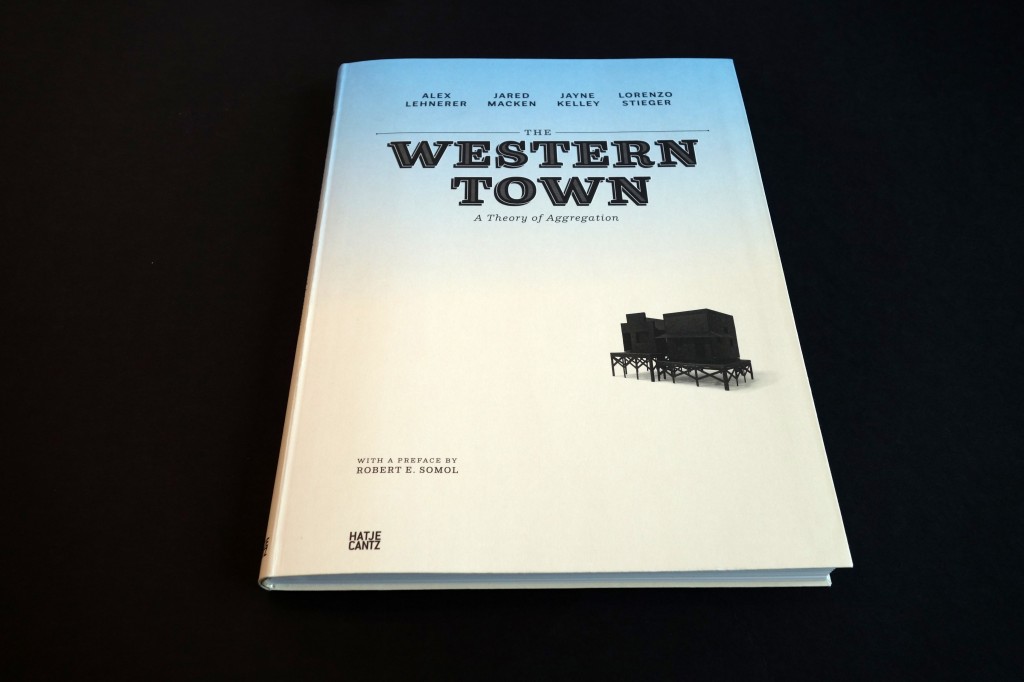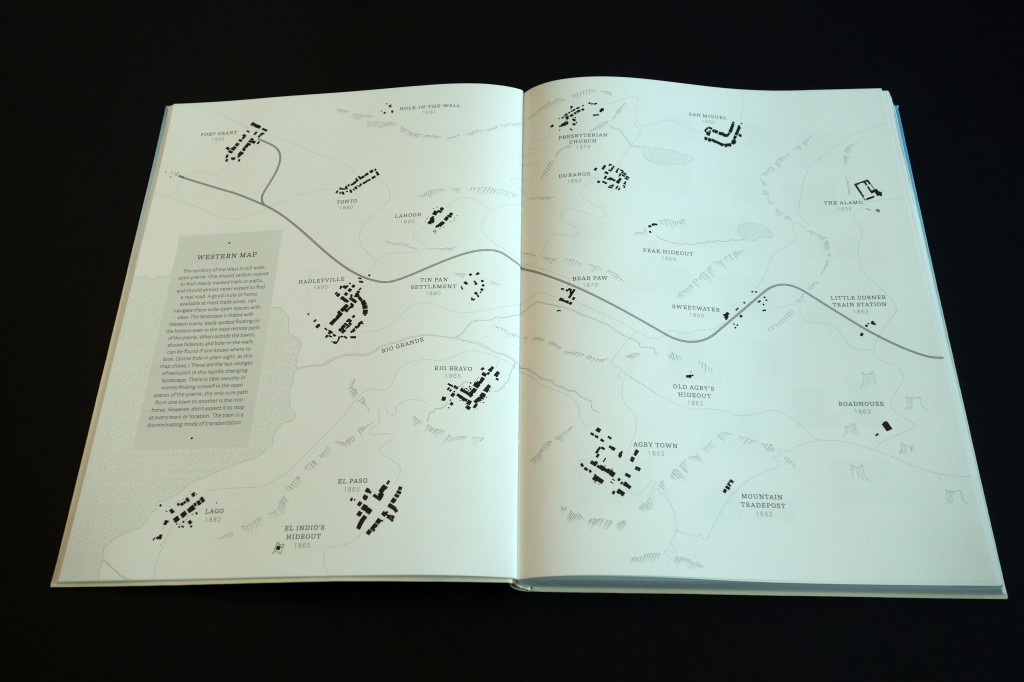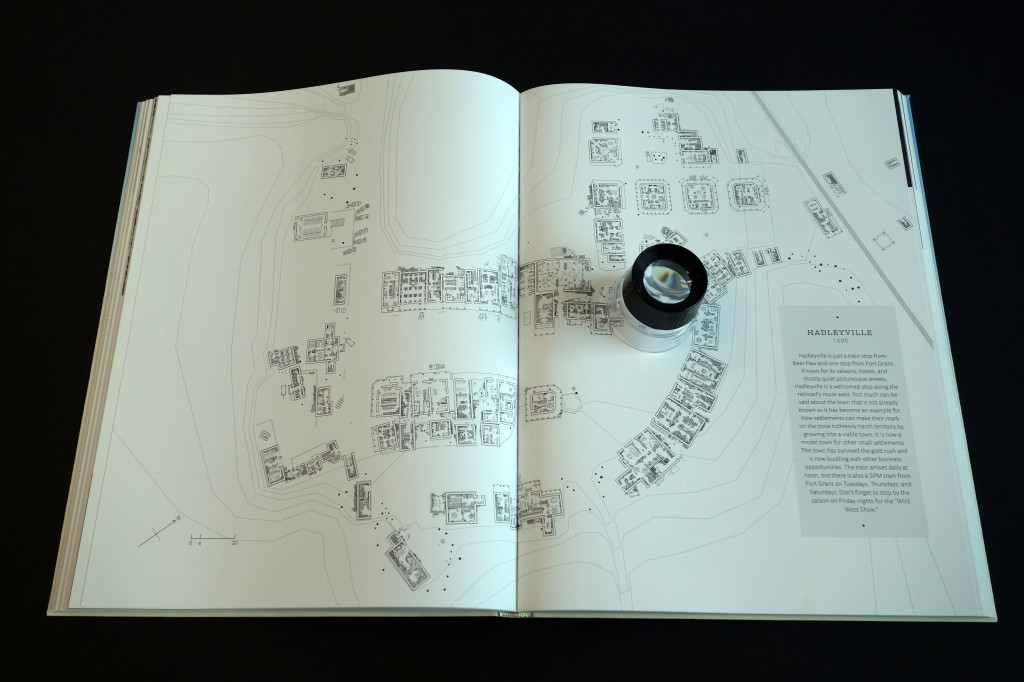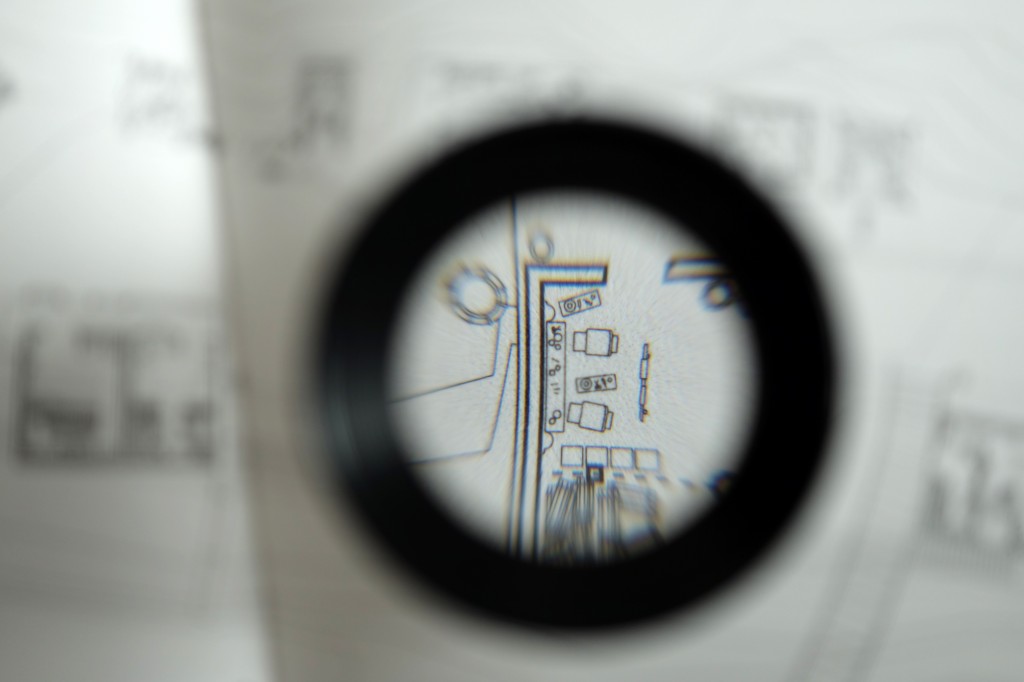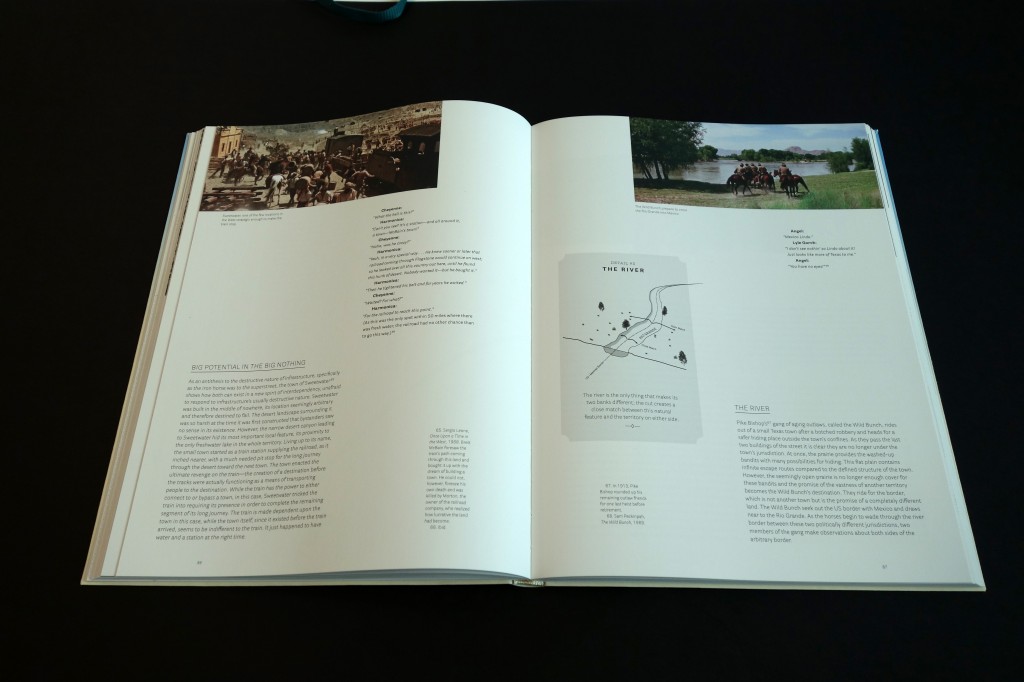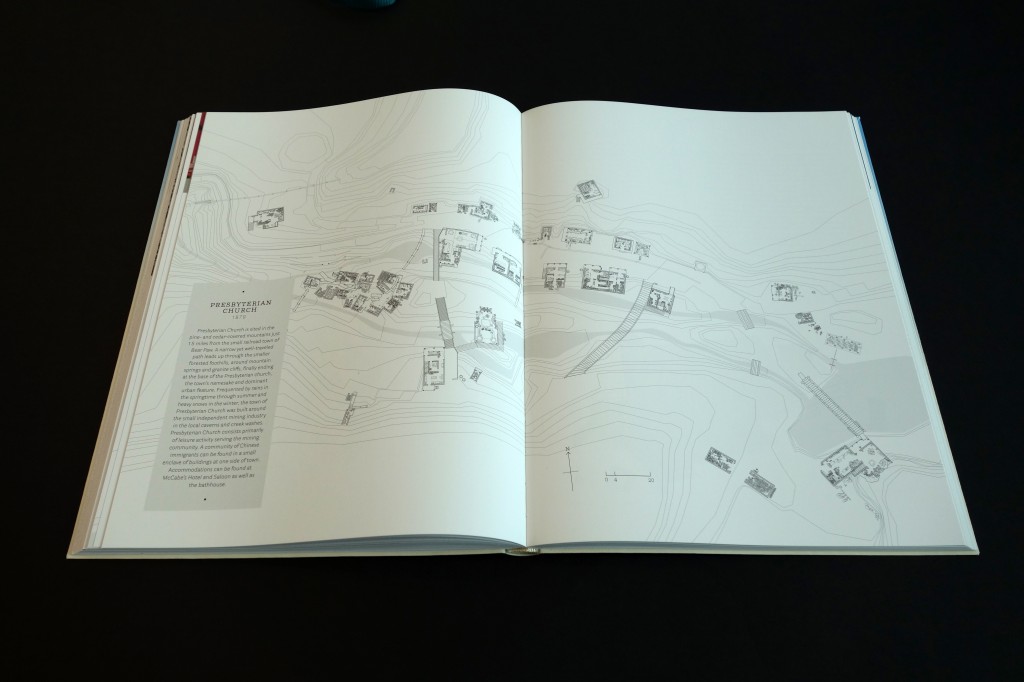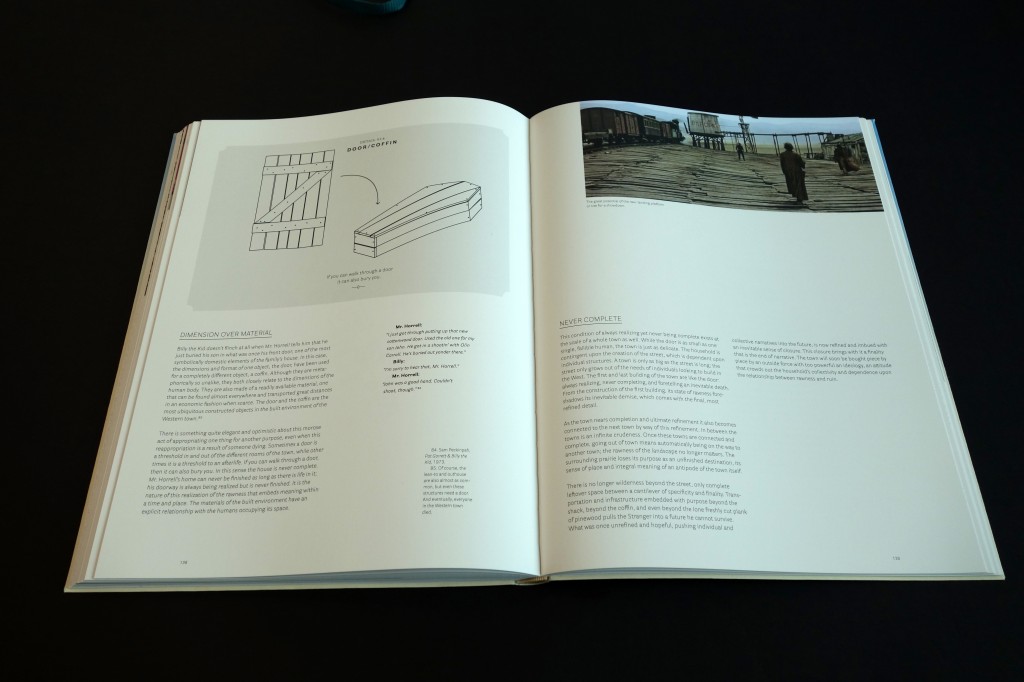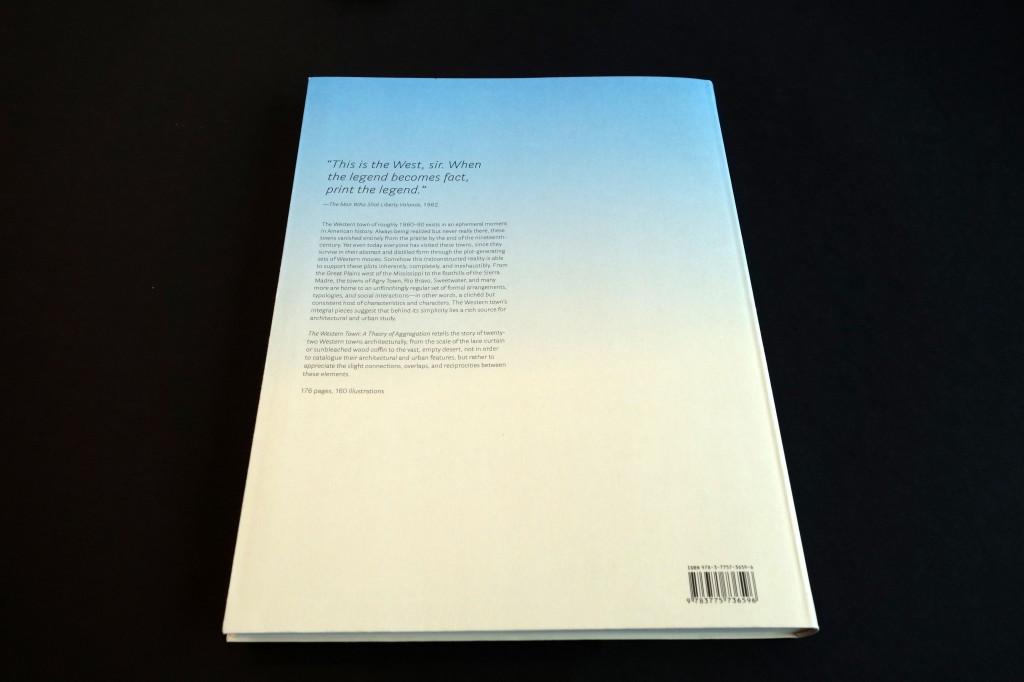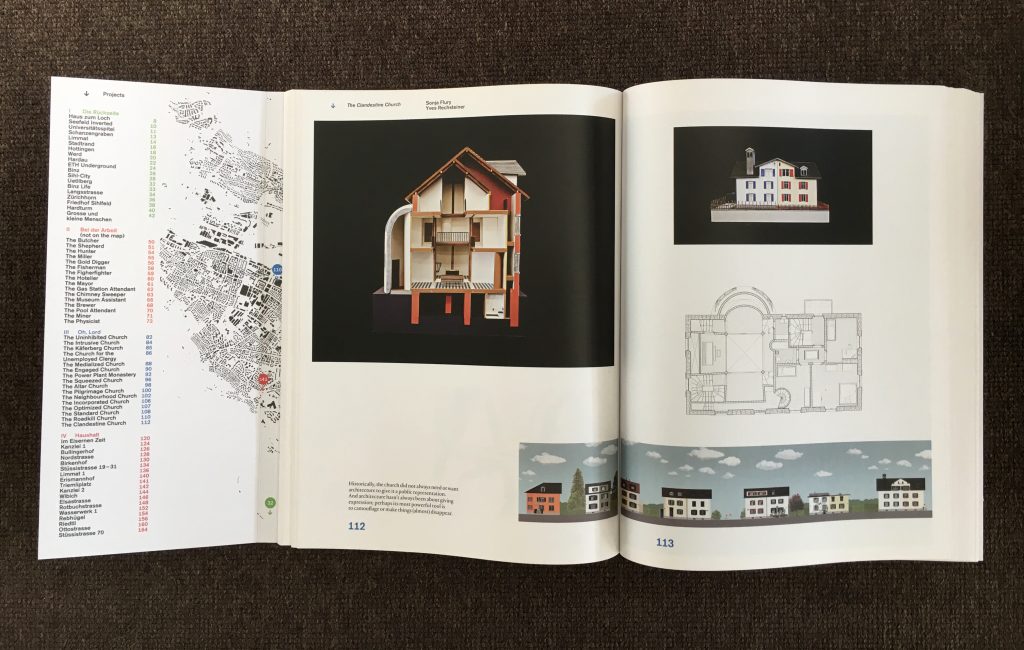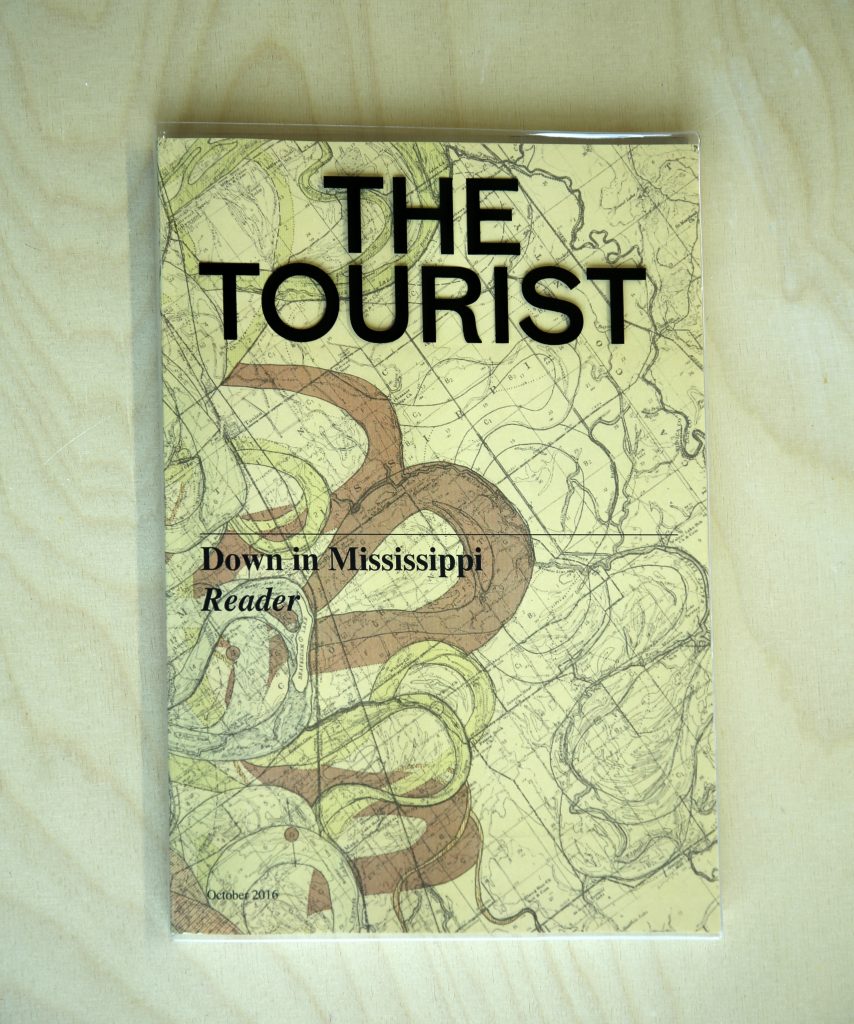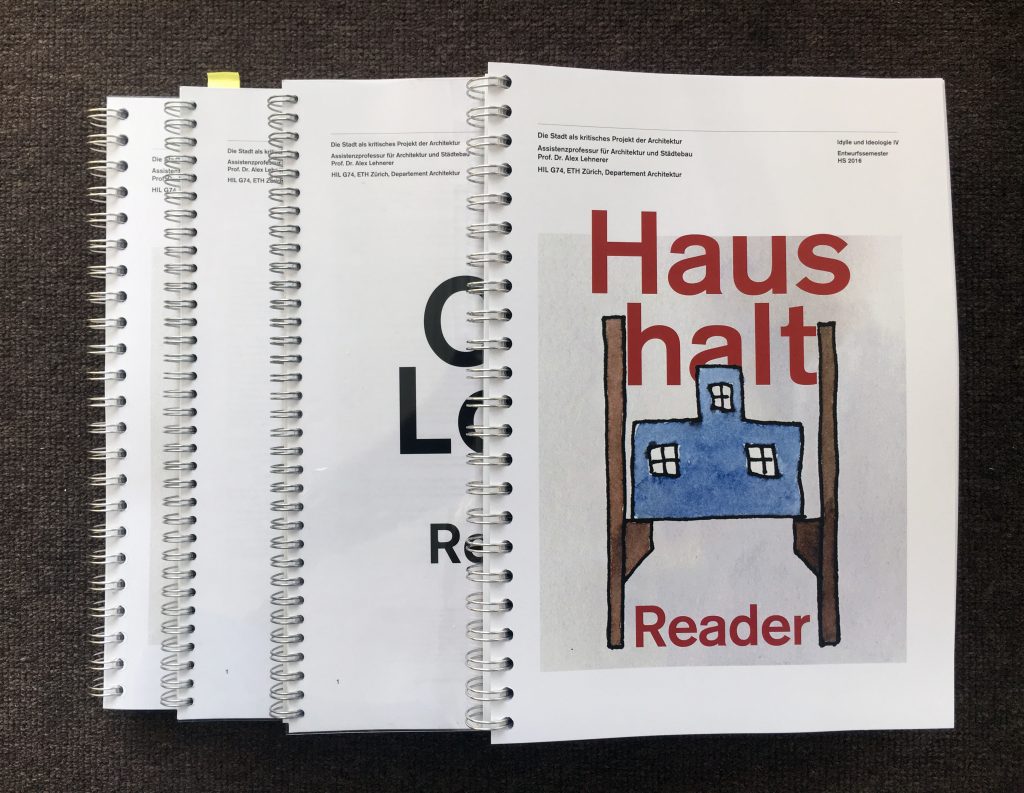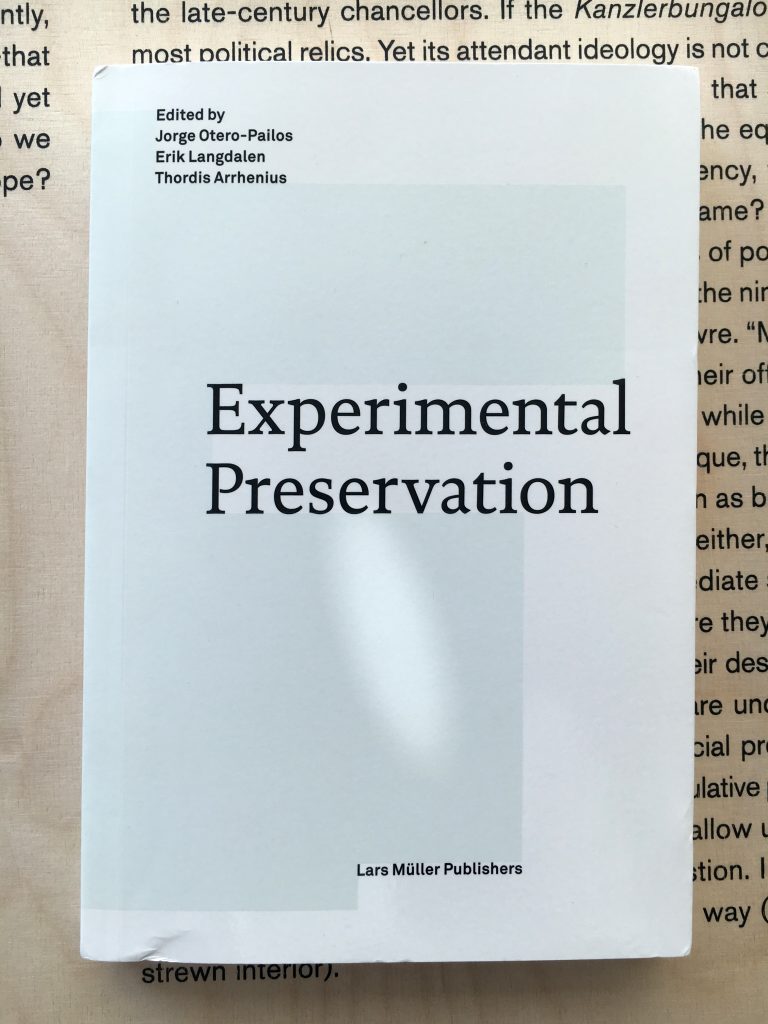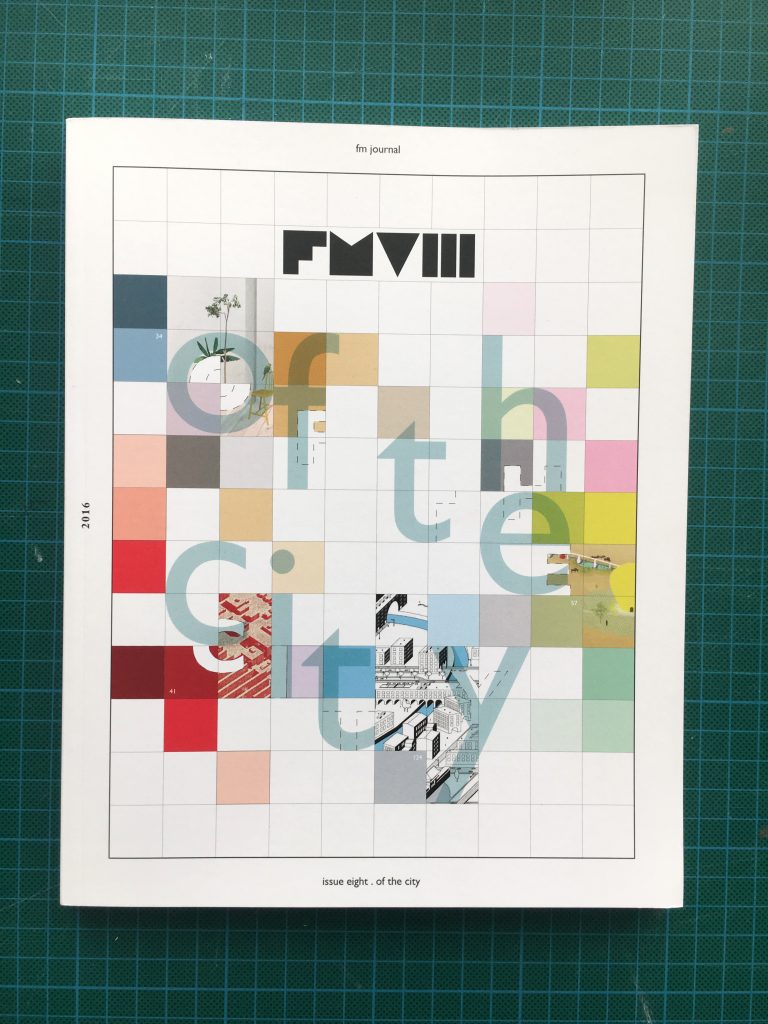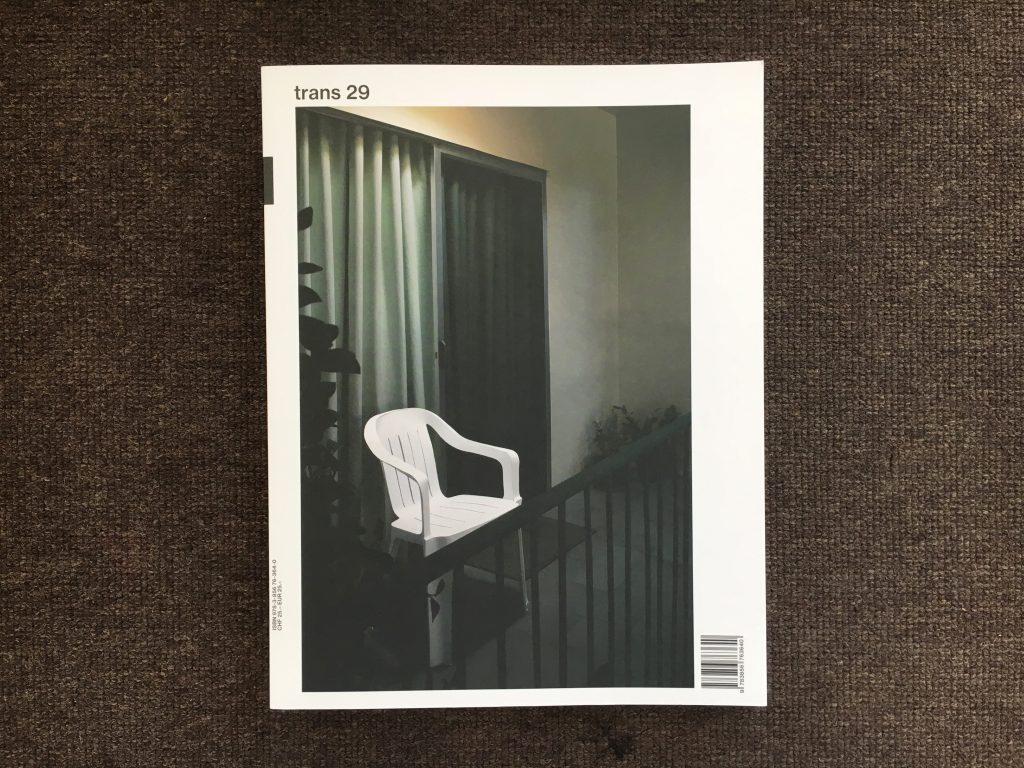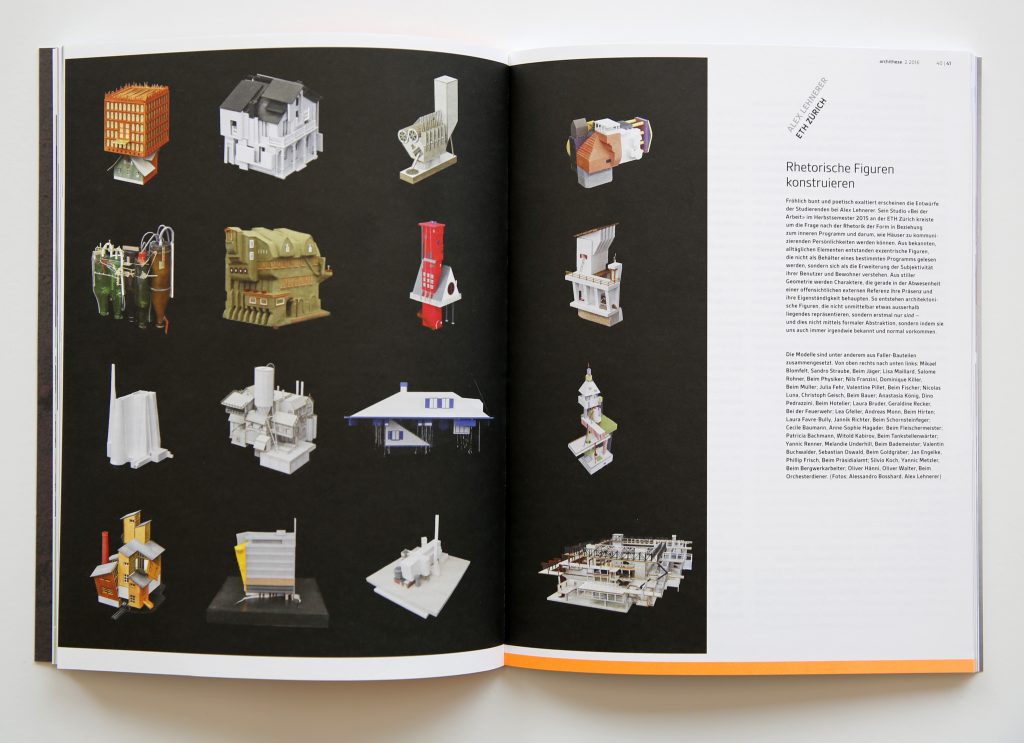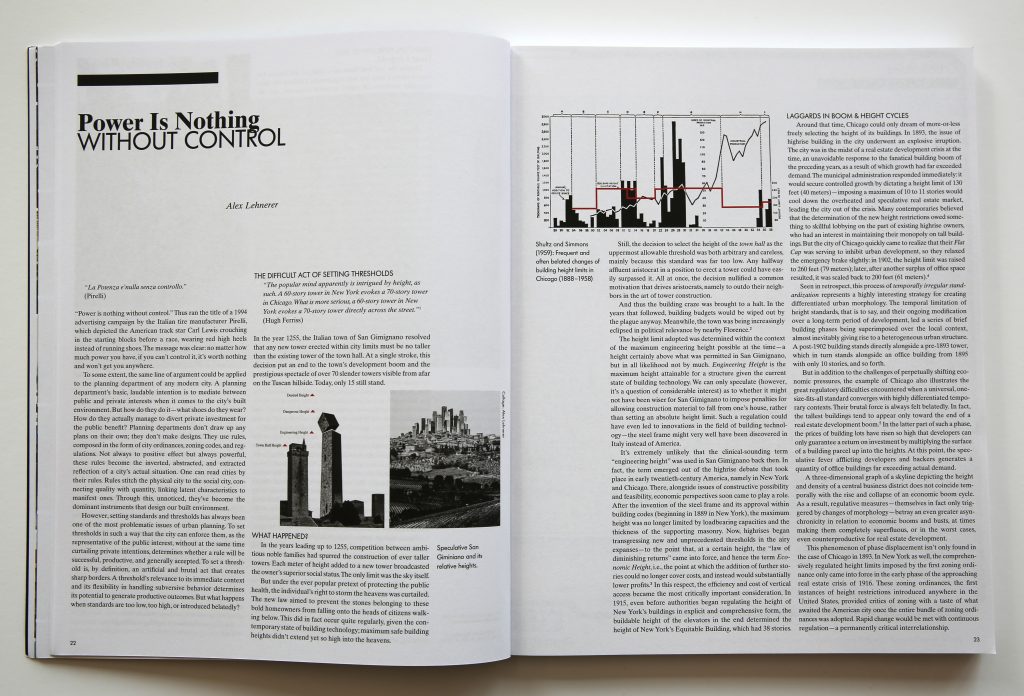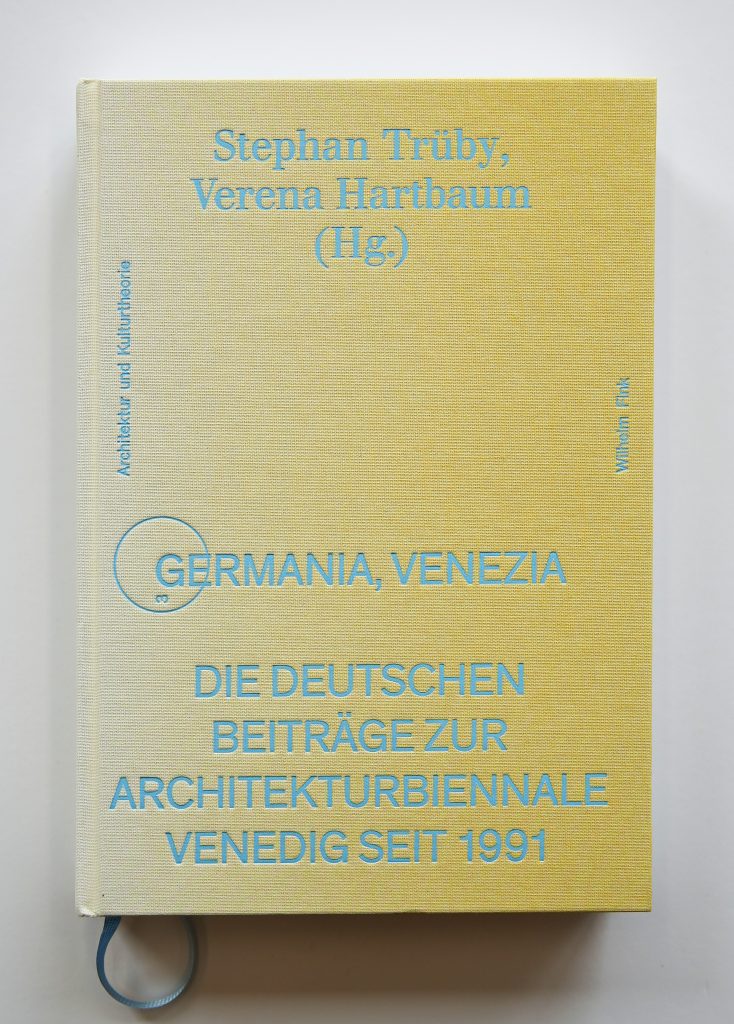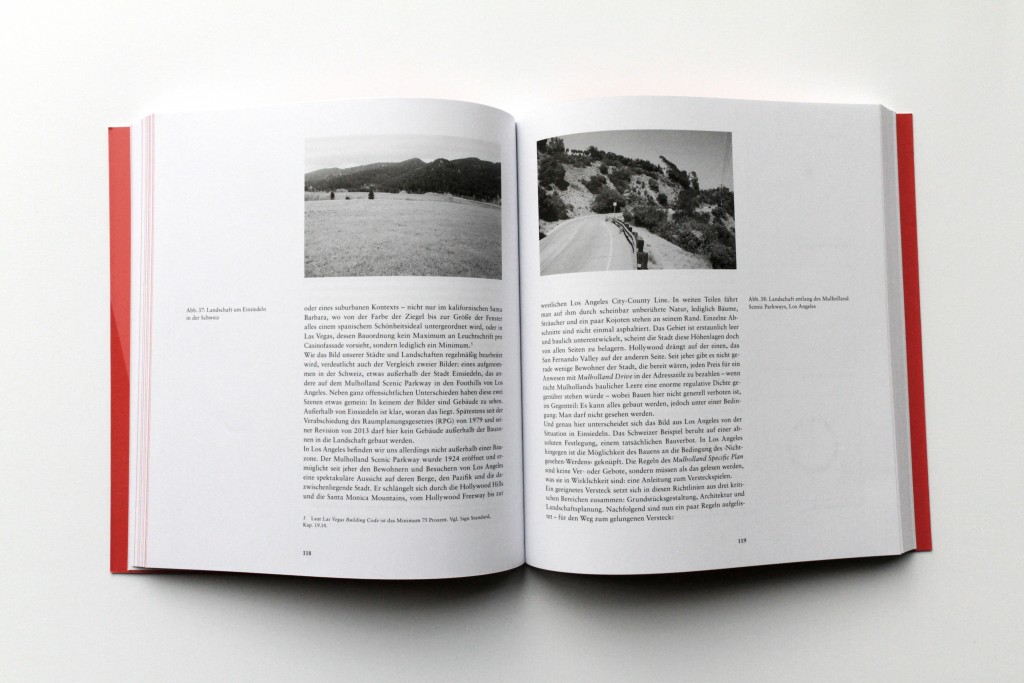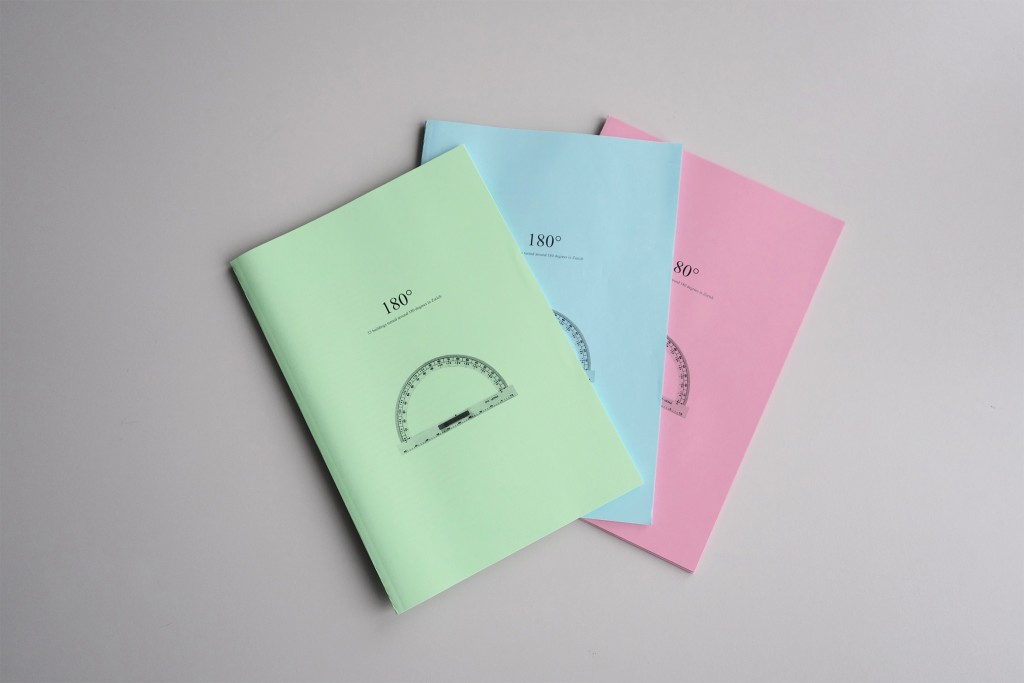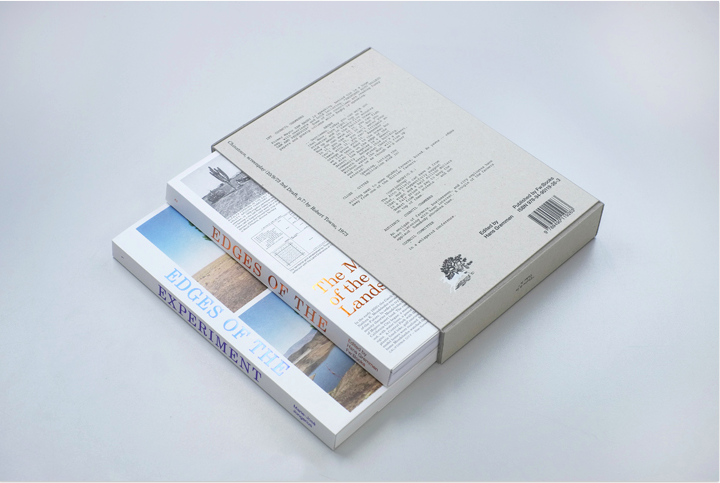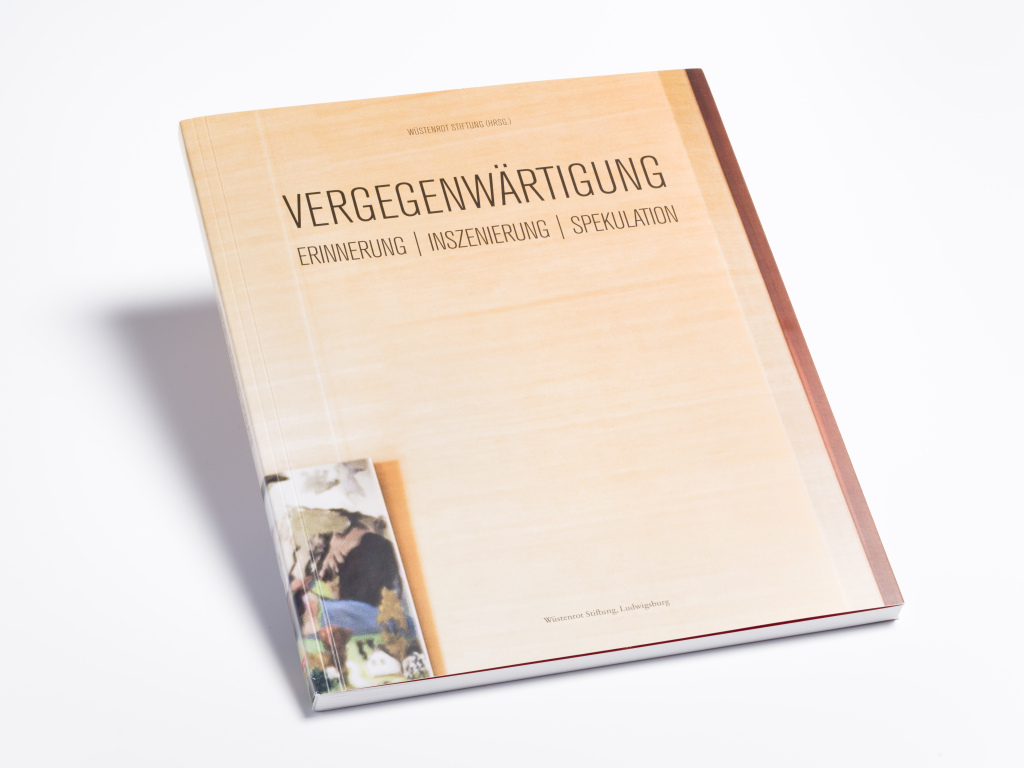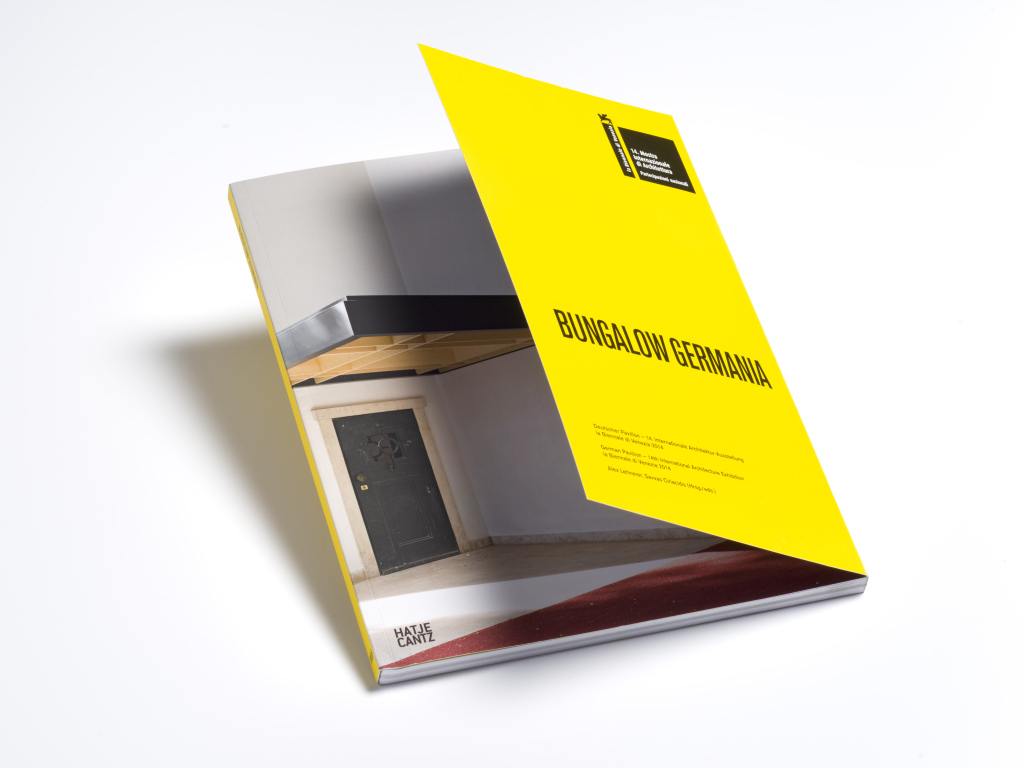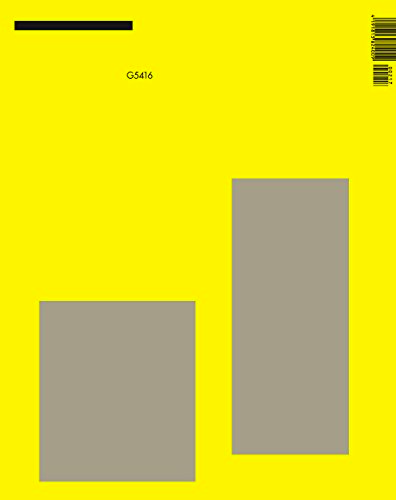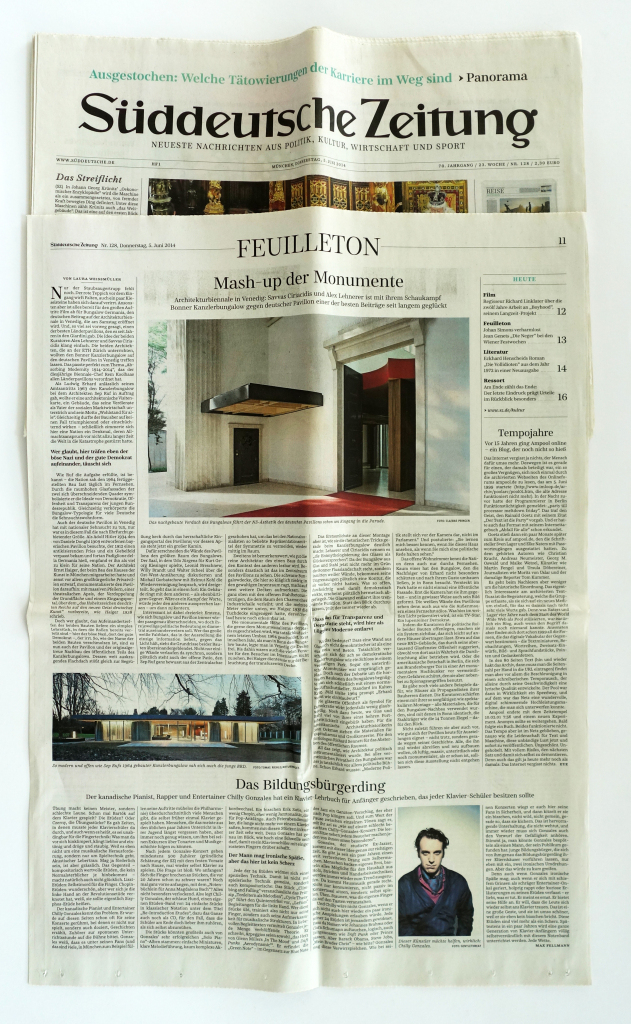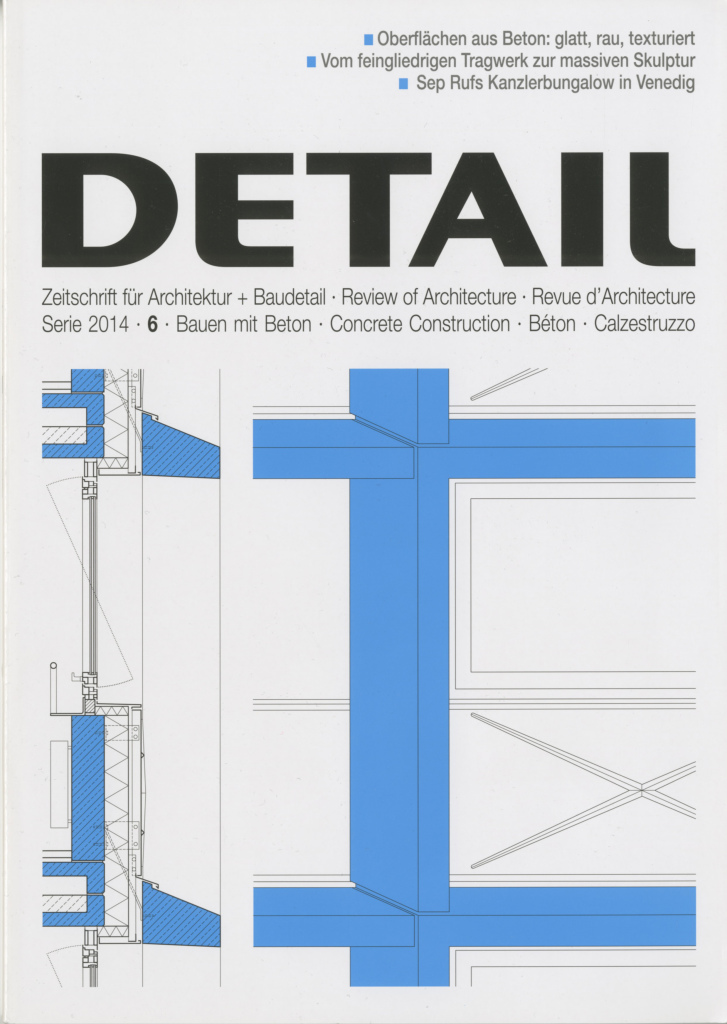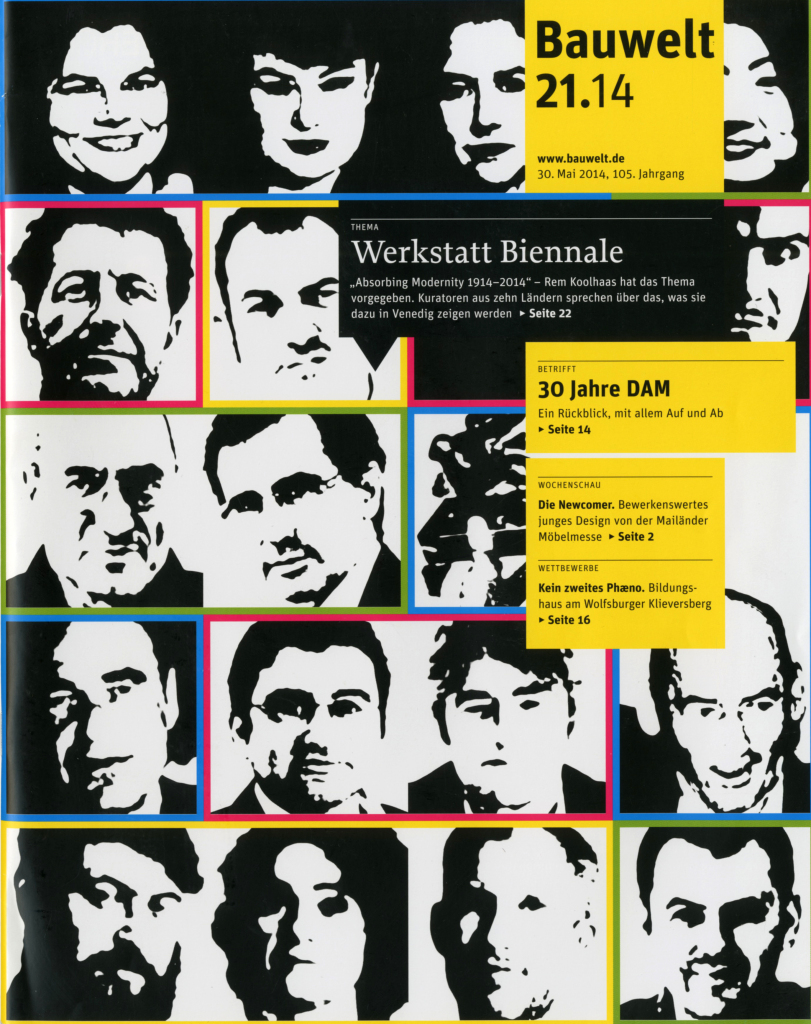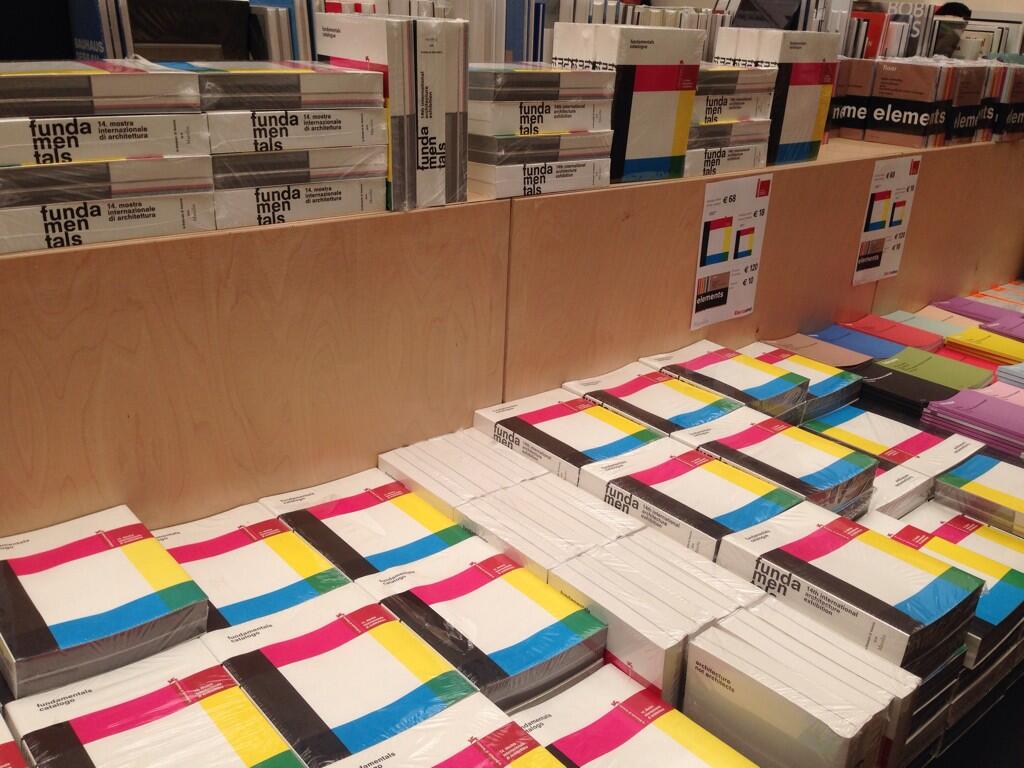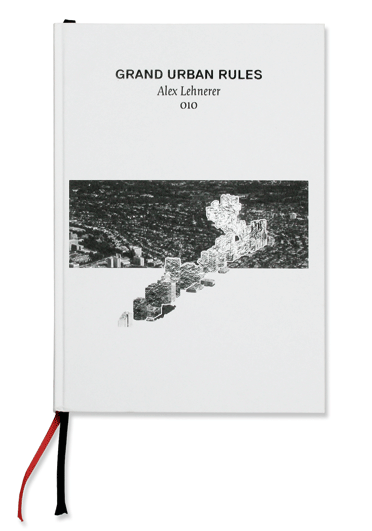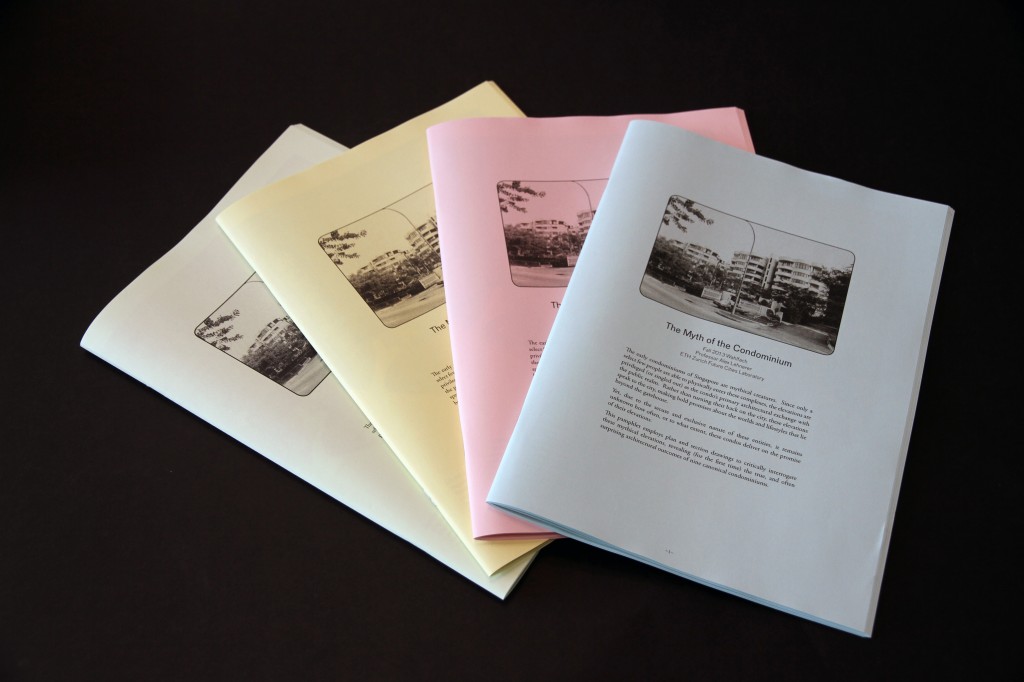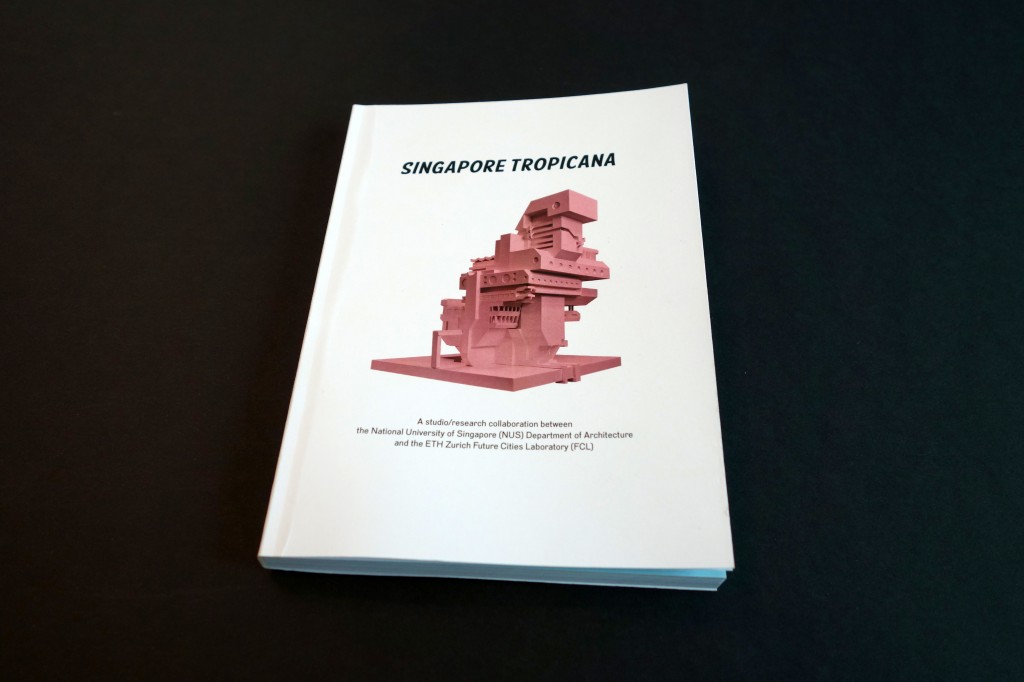The Western Town
“This is the West, sir. When the legend becomes fact, print the legend.”
—The Man Who Shot Liberty Valance (1962)
In dusty San Miguel,1 a balcony juts out over the street from the second level of a spare, one-room saloon. On either side, at the far ends of the town’s single road, are two houses: a two-story structure with clapboard shutters and a low wooden fence and an all-white hacienda with a stylized, curvy roofscape. There is dynamic tension in the composition of these town parts, something compelling but fragile (the barrenness of the street, the shallowness of the balcony). The stakes are high—the town could prosper, but most likely it will fail. Death—or just moving on—is always a possibility, but either way, this moment won’t last. The Western town, like San Miguel, is not the future city; it is the city with no future.
The Western town of roughly 1860–1890 exists in an ephemeral moment in American history, one that is most familiar today in an abstracted or distilled form—a plot-generating setup. What’s less obvious is exactly how the Western town is able to support these sorts of stories so inherently, completely, and inexhaustibly. The town’s formal and social arrangements, typologies, events and interactions, users (strangers and inhabitants)—in other words, its characteristics and characters—suggest that behind this apparent pathetic simplicity is a rich source for architectural and urban investigation.
This book re-distills between fifteen and twenty Western towns architecturally, from the scale of the lace curtain or sun-bleached wood coffin to the vast, empty desert, not in order to catalog its discrete architectural and urban elements but rather to appreciate the slight connections, overlaps, and reciprocities between these elements. From this perspective, the Western town is anything but systematic; never fully realized, resistant to any mapping function that would explain it or underwrite its expansion, the town holds together through a shaky confluence of private arrangements. Unlike the grid (which can resolve itself into an infinite number of possibilities), the Western town’s just-barely-cohering streetscape generates a single, eccentric, and tenuous collective, a grouping that is always subject to threats from outside. It is fundamentally optimistic in that it manages to exist at all.
Supported by the Graham Foundation for Advanced Studies in the Fine Arts.
Winner of the DAM Book Award 2013!
Graphic Design by Thomas Dahm.
Hatje Cantz, September 2013
“After reading this book, you may spend more time ogling the townscape than the hero or heroine the next time you watch a western” — The Architectural Review, “Life and lawlessness in The Western Town”, book review by Michael Abrahamsson, August 2015.
“Selten vermochten haardünne Linien dermassen betörenden Charme zu versprühen wie in den Grundrisszeichnungen von 22 Westernstädten in diesem Buch (…)” — werk, bauen + wohnen, book review by Roland Zuger, Juni 2015.
1 A Fistful of Dollars (1964)
